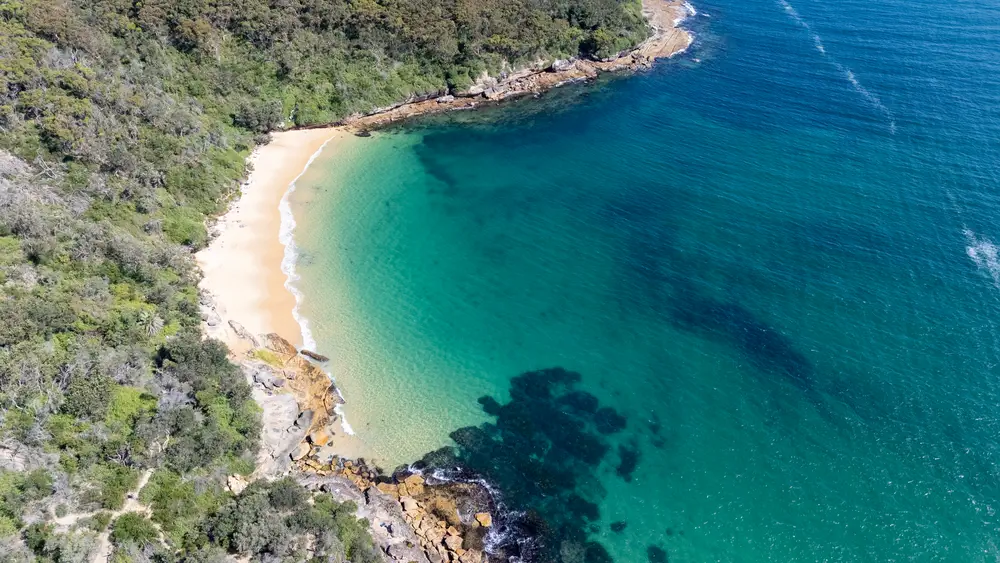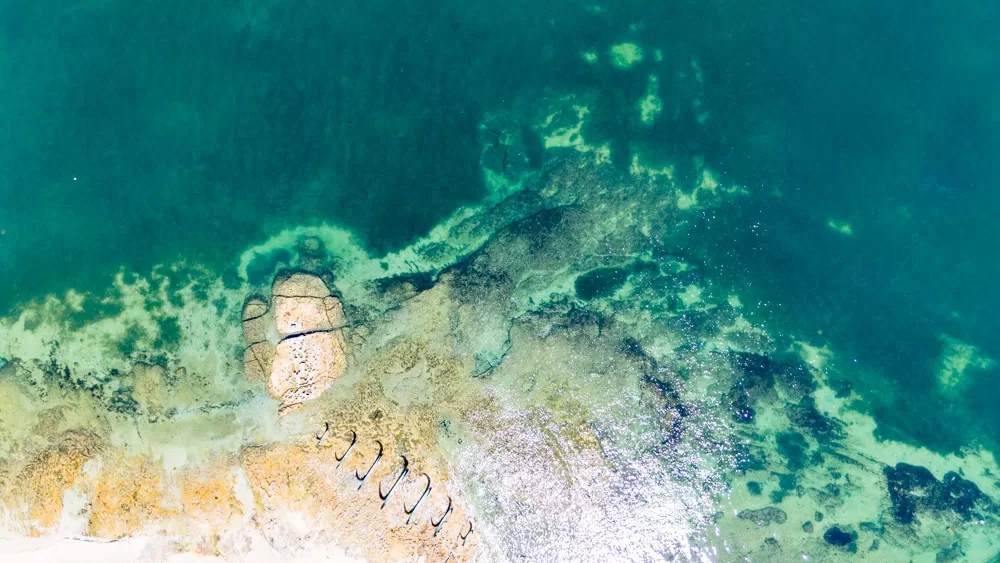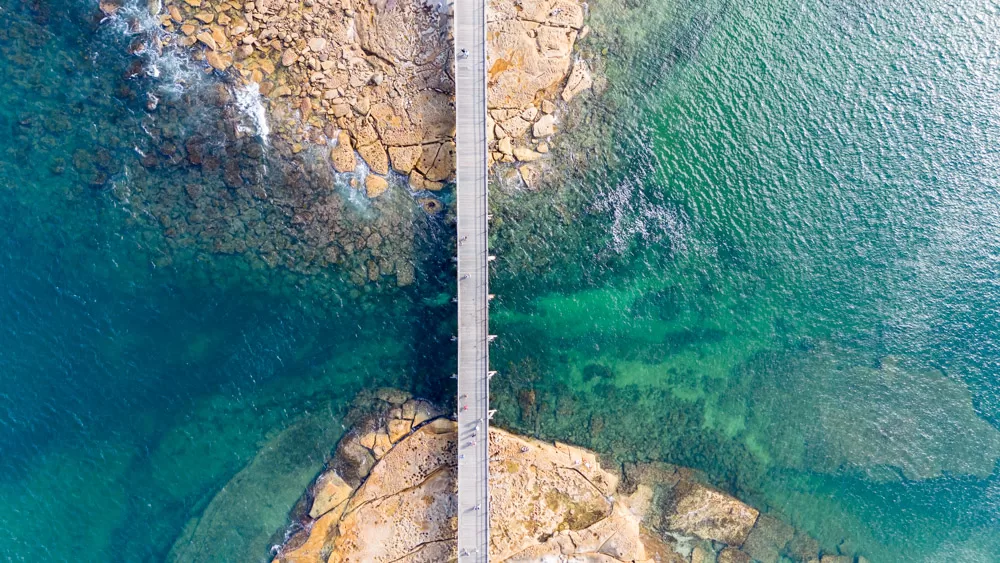Overview
Nestled on the northern shores of Sydney Harbour, Chowder Bay is a hidden gem for those passionate about underwater creature spotting. This tranquil bay in Mosman, steeped in maritime history, offers shallow and protected waters ideal for beginner snorkellers and seasoned divers alike. The bay is named after whalers who made ‘chowder’ from the bay’s abundant seafood, and is located on the southern side of Sydney’s Middle Head peninsula.
Beneath the surface lies a vibrant world teeming with marine life. From the endangered White’s seahorses clinging to netted enclosures and pylons, to elusive creatures like anglerfish and ghost pipefish hiding among the remnants of historic structures.
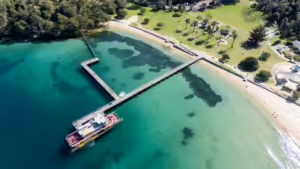
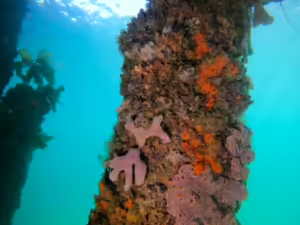
The bay’s sandy bottoms and silted areas are a haven for macro photography aficionados. They reveal an array of nudibranchs, decorator crabs, octopuses, and colorful fish that rival the famed muck diving sites of the world. You can scuba dive through the sunken relics of old wharves and boats. Or simply snorkel around Chowder Bay’s swimming enclosures teeming with life. This destination promises a memorable exploration right in the heart of Sydney.
Today’s Conditions
24°, Shower or two
Max Wind: 16.6 km/h ESE
Swell: 1.9 meters
Ocean Temp: 23.3°
Diving Suitability
Suitability based on current swell, wind and exposure of the site.
Tides
Low tide at 11:29
High tide at 17:41
Marine life in Chowder Bay
Chowder Bay is a treasure trove of marine biodiversity, making it an ideal spot for diving and snorkelling enthusiasts. One of the most remarkable creatures you might encounter is the endangered White’s seahorse, also known as the Sydney seahorse. These captivating animals often cling to the nets of the swimming enclosure and the pylons beneath the jetty, blending seamlessly with their surroundings in hues that match the sponges and algae.
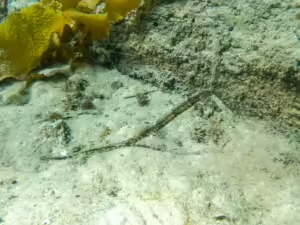
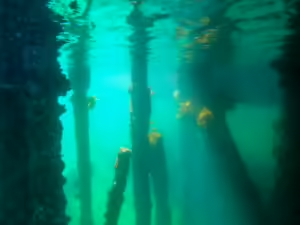
The bay is also home to various species of anglerfish, including the elusive frogfish, which are masters of camouflage among the rubble and sponges. Decorator crabs, adorned with bits of the environment to conceal themselves, present a delightful challenge for keen-eyed explorers. Additionally, snorkelling chowder bay, you may spot octopuses displaying intelligent and curious behavior, as well as moray eels peering out from crevices in the rocks.
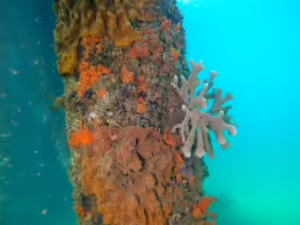
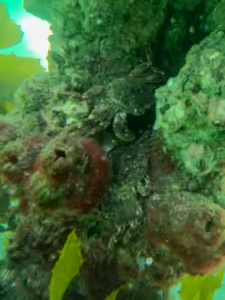
The sandy bottoms and silted areas of Chowder Bay host stingarees, blennies, pipefish, and an array of nudibranchs like the striking Armina species with its black and white stripes. During the warmer months, the East Australian Current brings in tropical visitors such as ornate and robust ghost pipefish, adding to the bay’s already rich marine life. Schools of fish including bream, yellowtail, and old wives weave through the pylons and kelp beds, creating dynamic underwater scenes.
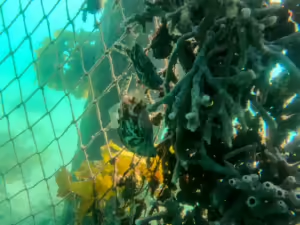
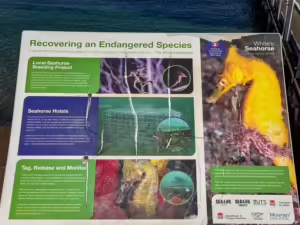
Night diving unveils a different spectrum of wildlife, with creatures like dumpling squid, bobtail squid, and the elusive blue-lined octopus emerging from their daytime hideouts. Whether you’re a seasoned diver or a casual snorkeler, the vibrant and diverse wildlife of Chowder Bay offers an unforgettable underwater experience.
How to get to Chowder Bay
Getting to Chowder Bay is straightforward whether you choose public transport or driving. For public transport users, the Route 244 bus departs from Wynyard Station in Sydney’s CBD and takes you directly to Chowder Bay, offering a scenic ride over the Harbour Bridge and through the leafy suburbs of Mosman. Alternatively, you can catch a ferry from Circular Quay to Taronga Zoo Wharf and then transfer to a local bus or enjoy a picturesque coastal walk of about 1.5 kilometers to Chowder Bay.
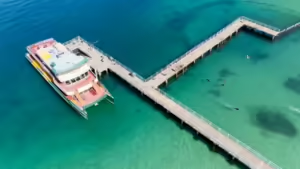
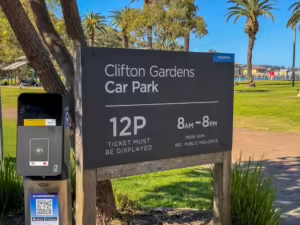
If you’re driving, head towards Mosman via Military Road and continue onto Middle Head Road, following the signs to Chowder Bay Road. There is a parking area near the bay, but spaces can be limited, especially during weekends and public holidays. Mosman Council operates pay-and-display parking meters in the area. As of 2024, parking fees are around $8 per hour, with a daily maximum of up to $28. However, parking is typically free after 8 pm, which can be advantageous for evening dives or snorkelling sessions. It’s advisable to arrive early to secure a parking spot and to check the most recent parking fees and regulations before your visit.
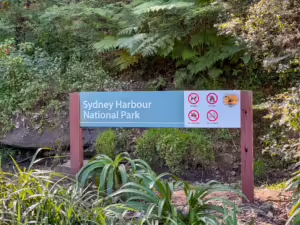
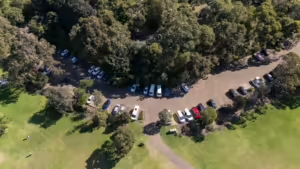
Accessibility
Several options available.
Facilities
Plenty of facilities available.
Map
Facilities at Chowder Bay
Chowder Bay offers a range of facilities that make it a convenient and enjoyable destination for divers and snorkellers. Public restrooms and shower facilities are available, allowing visitors to freshen up after their underwater adventures. For those planning to spend more time by the water, there are picnic tables and grassy areas perfect for a relaxing meal or gathering, however there are no BBQs on site.
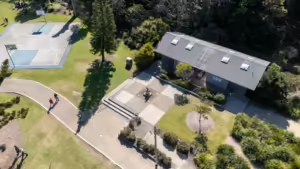
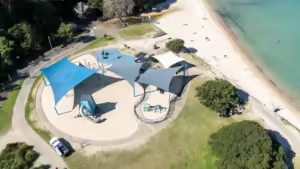
A children’s playground is situated nearby, making it a family-friendly spot where kids can play while others explore the bay. Additionally, there are several cafes and restaurants in close proximity, such as Ripples Chowder Bay and Bacino Kiosk, offering a variety of dining options from casual snacks to sit-down meals with scenic harbour views. Note that dogs are not allowed in Chowder Bay, as the site is part of Sydney Harbour National Park.
Reefranger’s take
I’ve only recently completed my first dive in Chowder Bay. While I was not able to spot the sea horses (I was free diving). The site left me impressed nonetheless because of the very specific environment which Chowder Bay offers. The wooden pylons of the pier and swimming nets really are very interesting and beautiful to explore, as you can see from the photos in this article. I will be going for a scuba dive in Mosman soon, and report back!
